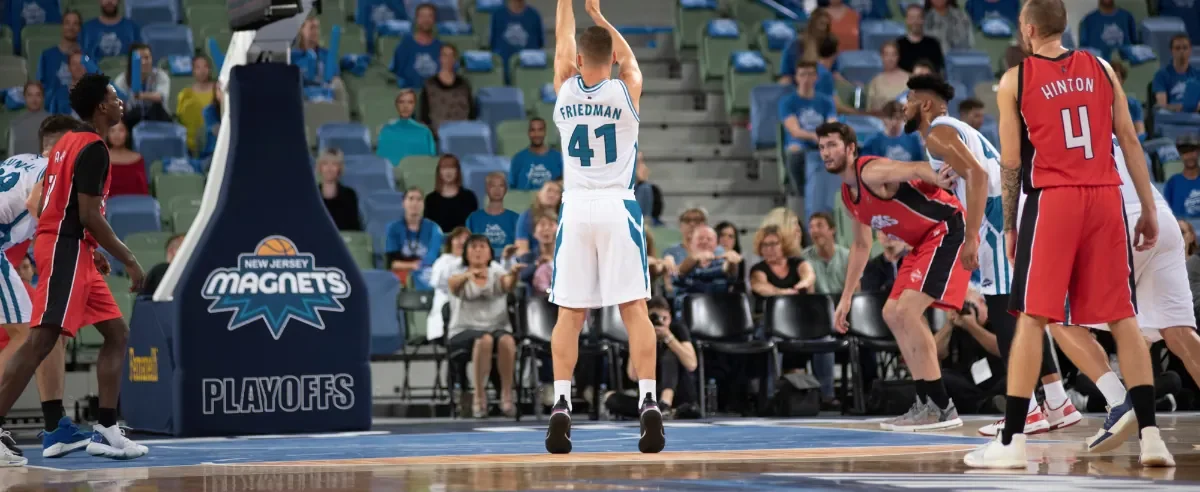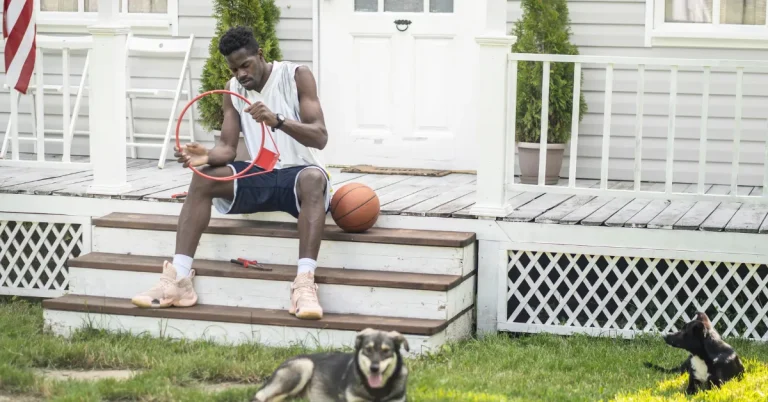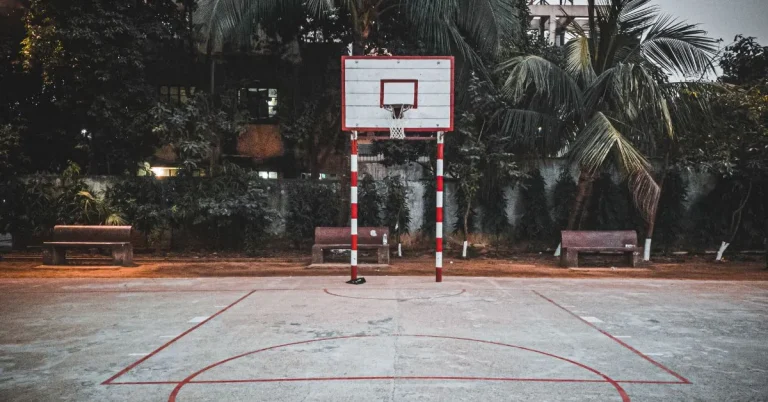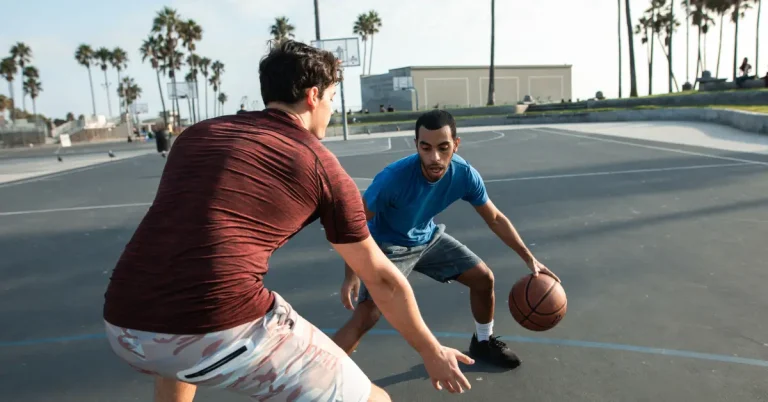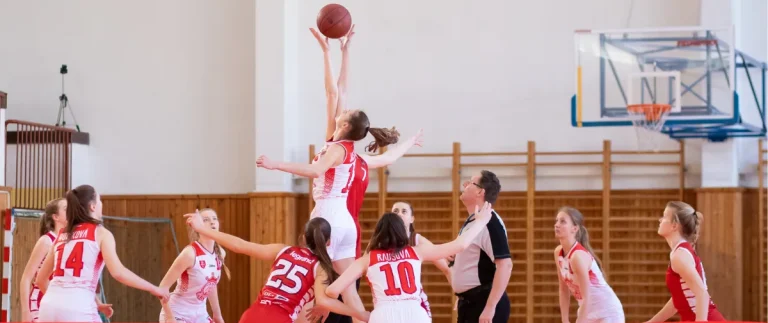11 Shortest NBA Centers All Time In History
Meet the little giant of the basketball court—the shortest center in NBA. In the big world of basketball, where players are usually super tall, this guy breaks all the rules. Imagine a player who isn’t as tall as the others but still stands strong in the middle of the action. This is a special story about a basketball player who proves that size isn’t everything. Get ready for a tale filled with courage, skill, and a whole lot of heart as we explore the amazing world of the shortest NBA center!
What is the Shortest Center in NBA?
The “shortest NBA center” is a term used for a basketball player in the National Basketball Association (NBA) who plays the center position but is shorter than most other players in that role. Typically, centers are very tall, but the shortest NBA center breaks that expectation by being shorter in height while still playing an important role on the team.
11 Shortest NBA Centers All Time
1. Chuck Hayes
Teams: Houston Rockets, Sacramento Kings, Toronto Raptors

Chuck Hayes, standing at 6’6”, defied the conventional norms of a center’s height. While his jersey might not hang among the greats, his impact on the game transcended statistics. A pivotal moment in his career occurred during the 2009–2010 season when the Houston Rockets, grappling with the absence of the towering Yao Ming, entrusted Hayes with the center role for all 82 regular-season games.
2. Bam Adebayo
Team: Miami Heat
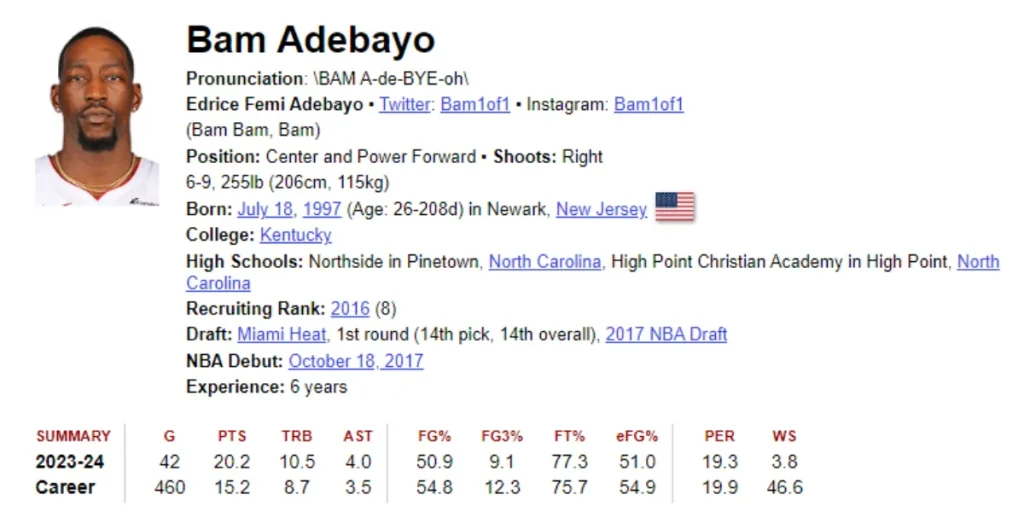
As Bam Adebayo enters his sixth season, he continues to redefine expectations for a center. Standing at 6’9”, he brings a unique blend of size and agility to the Miami Heat. One of his standout moments unfolded in the 2020 NBA Playoffs, where he showcased his defensive prowess with a memorable block against Jayson Tatum in Game 1 of the Eastern Conference Finals.
3. Boris Diaw
Teams: San Antonio Spurs, Charlotte Bobcats, Phoenix Suns, Atlanta Hawks, Utah Jazz

Boris Diaw, at 6’8”, played a crucial role in the evolution of NBA playing styles. Coached by Mike D’Antoni during his time with the Phoenix Suns, Diaw exemplified versatility. He was not confined to traditional center duties; he was a three-point threat and a facilitator on the court. D’Antoni’s innovative approach showcased that a center’s impact extends beyond height.
4. Ben Wallace
Teams: Detroit Pistons, Washington Bullets/Wizards, Chicago Bulls, Orlando Magic, Cleveland Cavaliers
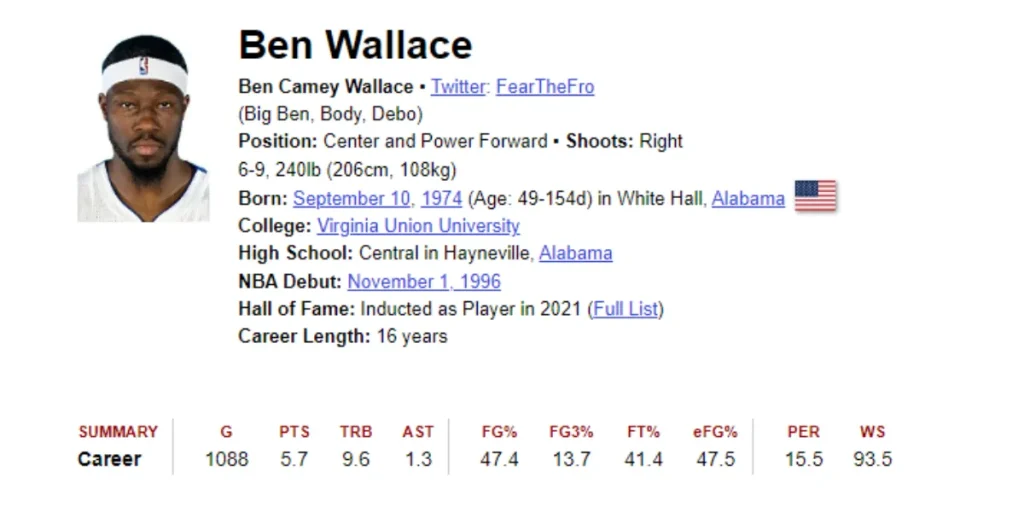
Ben Wallace, standing at 6’9”, defied the odds as an undrafted player from Virginia Union College. His early career might not have hinted at his later success, but when allowed to start at center for the Detroit Pistons, Wallace emerged as a defensive powerhouse. His strength and athleticism played a pivotal role in securing the 2004 NBA championship for Detroit.
5. Kenneth Faried
Teams: Various, including Denver Nuggets
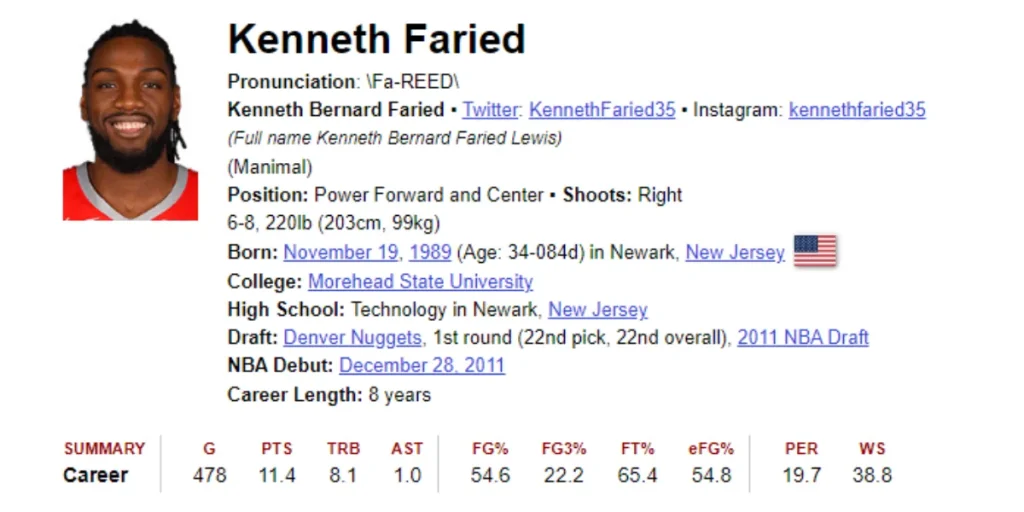
Known as ‘The Manimal,’ Kenneth Faried, at 6’8”, showcased relentless hustle on the court. Playing both power forward and center positions, Faried’s stature didn’t limit his impact. A standout at Morehead State University, he entered the NBA as the 22nd overall pick in the 2011 draft. Faried’s NBA journey reflected that height is just a number, as he consistently contributed with points and rebounds throughout his career.
6. Wes Unseld
Team: Baltimore/Washington Bullets

Wes Unseld, standing at just 6’7”, left an indelible mark on the center position. After spending his entire NBA career with the Bullets, Unseld’s achievements include being named NBA Most Valuable Player and NBA Rookie of the Year in his debut season. His rebounding prowess, especially averaging 18.2 rebounds per game in his rookie year, showcased that success as a center is not solely defined by towering height.
7. Draymond Green
Team: Golden State Warriors
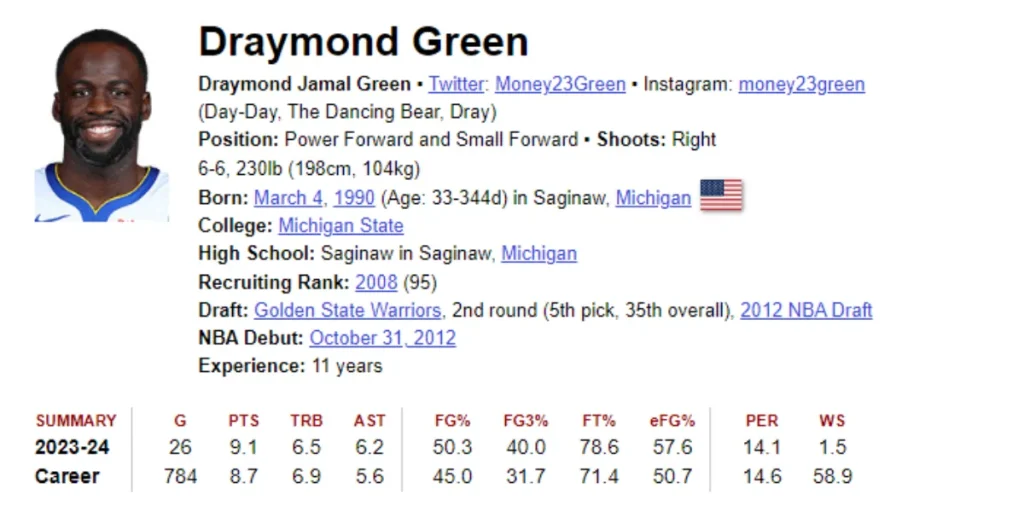
Draymond Green, standing at 6’6”, redefined the power forward and center positions for the Golden State Warriors. Despite his height, Green’s defensive prowess, basketball IQ, and ability to initiate fast breaks became integral to the Warriors’ success. A key player in Golden State’s dynasty, Green showcased that size doesn’t limit impact, especially when complementing a legendary shooting backcourt.
8. Al Horford
Teams: Atlanta Hawks, Boston Celtics, Philadelphia 76ers, Oklahoma City Thunder

Al Horford, standing at 6’9”, has had a distinguished career, showcasing versatility in his gameplay. From winning championships at the University of Florida to contributing to championship-level NBA teams, Horford’s skills extend beyond the traditional center role. Known for his mid-range jumpers and defensive presence, he proves that success as a center involves more than height.
9. Dave Cowens
Teams: Boston Celtics, Milwaukee Bucks

Despite not being the most physically gifted, Dave Cowens, at 6’9”, earned recognition as one of the best centers of his era. With a reputation for toughness and three All-Defensive Team nods, Cowens played a pivotal role for the Boston Celtics. His achievements include bringing the NBA MVP award to Boston in the 1972–1973 season, highlighting that impact goes beyond physical stature.
10. Charles Barkley
Teams: Philadelphia 76ers, Phoenix Suns, Houston Rockets
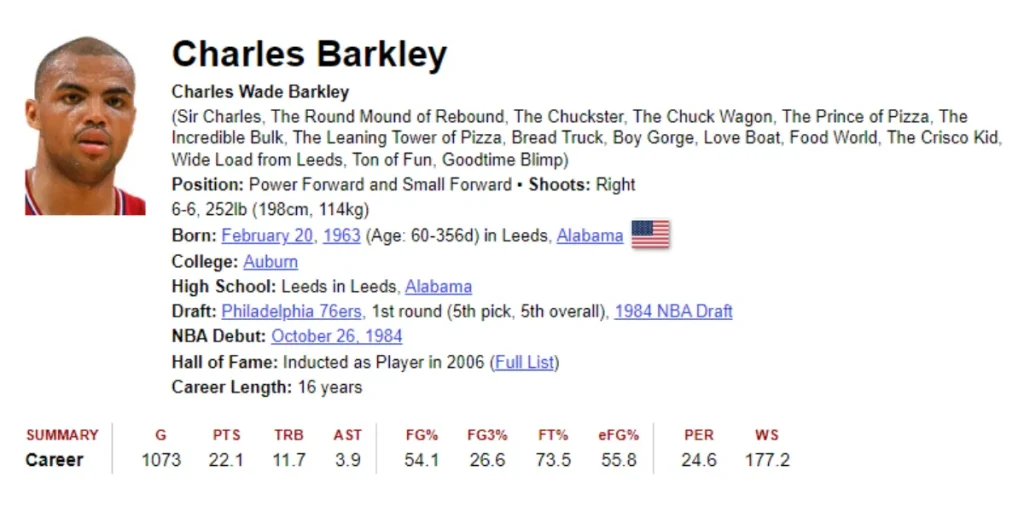
While primarily known as a power forward, Charles Barkley, at 6’6”, often assumed the center role during pivotal moments in his career. His tenacity on the boards and ability to perform in the post made him a formidable force. Barkley’s versatility challenges traditional positional expectations, proving that excellence transcends predefined roles.
11. Moses Malone
Teams: Various, including Houston Rockets and Philadelphia 76ers
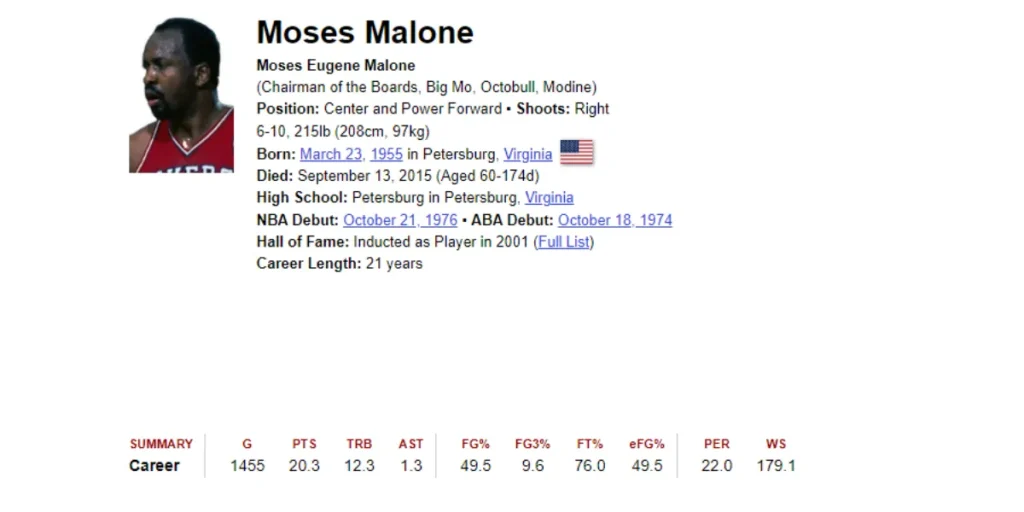
Moses Malone‘s remarkable career spanned 19 seasons, starting straight from high school. Standing at 6’10”, Malone possessed a unique gift for rebounds and an innate understanding of the game. His impact was felt across multiple teams, and his ability to anticipate shots off the rim set him apart. Moses Malone’s legacy reaffirms that a center’s success is about skill and understanding, not just height.
Advantages and Disadvantages of a Short Center in Basketball
Advantages and disadvantages of the shortest center in NBA history:
Advantages of a Short Center in Basketball
Shorter stature in a center can bring forth a range of advantages on the basketball court.
Short centers often possess superior speed and agility compared to their taller counterparts. This agility allows them to navigate the court swiftly, making them effective in fast breaks, defensive plays, and quick changes in direction.
The lower center of gravity associated with shorter players enhances balance and stability. This can be advantageous in physical matchups, as shorter centers may be more resilient against attempts to dislodge them from their position.
Short centers tend to be more versatile players. Their agility and speed of basketball players enable them to adapt to different playing styles, contributing both offensively and defensively. This adaptability can make them valuable assets in various game situations.
Disadvantages of a Short Center in Basketball
While short centers bring unique strengths, certain challenges arise due to their height.
Height plays a crucial role in rebounding, and shorter centers may face challenges in securing boards, particularly against taller opponents. Offensive rebounds, in particular, can be more challenging to grab.
Shot-blocking, a key defensive skill for centers, may be compromised for shorter players. The lack of wingspan and height can make contesting shots more difficult, potentially impacting their ability to deter opponents near the basket.
Finishing over taller defenders can be a daunting task for short centers. In the paint position, where height matters significantly, scoring against imposing shot-blockers becomes a strategic challenge.
Taller players often exert defensive intimidation near the basket. Shorter centers may find it harder to replicate this presence, potentially impacting their ability to dissuade opponents from attacking the rim.
FAQs
Who is the shortest NBA center of all time?
The title of the shortest NBA center goes to Chuck Hayes, standing at 6’6″. Despite his height, Hayes had a remarkable career, showcasing that size isn’t the only factor in determining a player’s impact on the court.
Did these shorter NBA centers face challenges in their careers?
Yes, many of the shorter NBA centers faced challenges, especially in matchups against taller opponents. However, their agility, speed, and unique skills allowed them to overcome these challenges, proving that height isn’t always a limiting factor in achieving success in the league.
How did the playing style of shorter NBA centers differ from their taller counterparts?
Shorter NBA centers often relied on speed, agility, and unconventional playing styles to compensate for their height. They excelled in areas such as ball handling, quick movements, and precision shooting, challenging the traditional notion that centers must be towering figures in the game of basketball.
Conclusion
So, in the wild world of NBA balling, size ain’t always the deal-breaker. Check out these 10 NBA centers who might not be giants, but man, did they flip the script. We’re talking about Chuck Hayes, Ben Wallace, Kenneth Faried, Wes Unseld, Boris Diaw, Draymond Green, Bam Adebayo, Al Horford, Dave Cowens, Charles Barkley, and Moses Malone. These guys didn’t just play; they owned the court. They’re like the rebels of basketball, proving you don’t need to be towering to make a mark. Their moves, skills, and grit rewrote the whole story of what it means to be a center in the NBA. Tall or not, these legends showed us it’s all about the game, not just the height.

Passionate basketball player striving for excellence on and off the court. Dedicated to the game since youth, I have honed skills through years of practice. Explore my journey, gear reviews, and dunking tips. Let’s elevate our game together!

